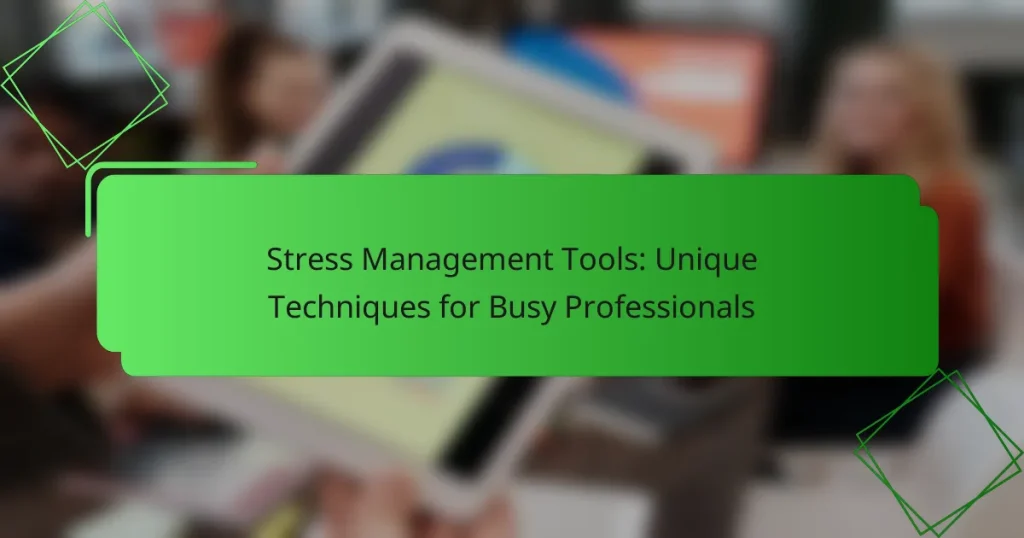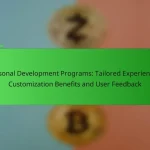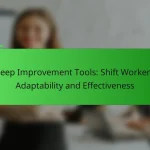In today’s fast-paced work environment, busy professionals often face overwhelming stress that can hinder productivity and well-being. Utilizing effective stress management tools and techniques can provide essential support, allowing individuals to integrate quick and efficient practices into their daily routines. By adopting these strategies, professionals can enhance their focus, improve their health, and cultivate better relationships both at work and home.

What are effective stress management tools for busy professionals?
Effective stress management tools for busy professionals include various apps and techniques designed to enhance mental well-being and productivity. These tools help individuals cope with stressors in a fast-paced work environment by providing structured support and resources.
Meditation apps like Headspace
Meditation apps such as Headspace offer guided sessions that can fit into a busy schedule, often requiring just a few minutes each day. These apps provide a variety of meditation styles, from mindfulness to sleep aids, making it easy to find something that resonates with individual needs.
Using a meditation app can help reduce anxiety and improve focus, which is essential for busy professionals. Regular practice can lead to long-term benefits, including enhanced emotional regulation and resilience against stress.
Time management software such as Todoist
Time management software like Todoist helps busy professionals organize tasks and prioritize effectively. By breaking down projects into manageable tasks, users can visualize their workload and allocate time efficiently, reducing feelings of overwhelm.
Utilizing features such as deadlines, reminders, and project categorization can streamline daily activities. This structured approach not only boosts productivity but also allows for better work-life balance, as users can allocate time for relaxation and self-care.
Online therapy platforms like BetterHelp
Online therapy platforms, such as BetterHelp, provide accessible mental health support for busy professionals. These services connect users with licensed therapists via video, phone, or chat, allowing for flexible scheduling that accommodates hectic lifestyles.
Engaging with a therapist can help individuals develop coping strategies for stress and improve overall mental health. Many find that regular sessions lead to significant improvements in their ability to manage work-related pressures.
Mindfulness techniques for workplace
Mindfulness techniques in the workplace involve practices that promote present-moment awareness, such as deep breathing exercises or short meditation breaks. These techniques can be easily integrated into daily routines, requiring only a few minutes to practice.
Implementing mindfulness can enhance focus and reduce stress, making it easier to navigate challenging tasks. Encouraging a culture of mindfulness within teams can also foster collaboration and improve overall workplace morale.
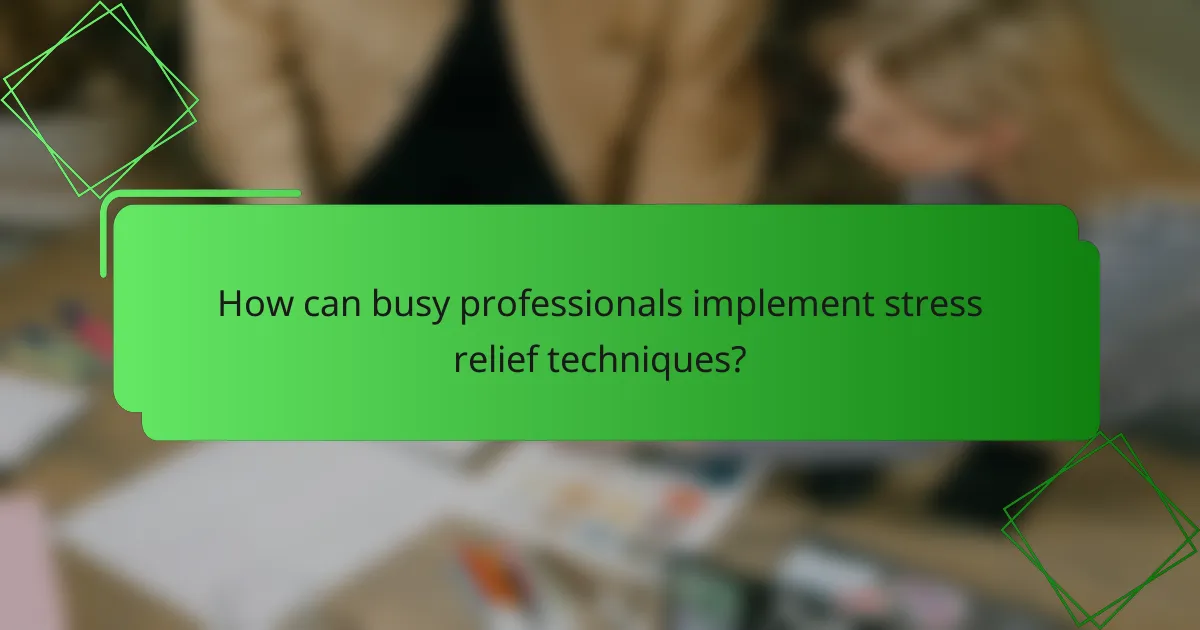
How can busy professionals implement stress relief techniques?
Busy professionals can implement stress relief techniques by integrating short, effective practices into their daily routines. These methods can help manage stress levels, improve focus, and enhance overall well-being without requiring significant time commitments.
Daily 10-minute meditation sessions
Daily 10-minute meditation sessions can significantly reduce stress and enhance mental clarity. Professionals can use guided meditation apps or simply focus on their breath to cultivate mindfulness during this brief period.
To get started, find a quiet space, sit comfortably, and set a timer for 10 minutes. Focus on your breathing, allowing thoughts to come and go without judgment. Consistency is key, so aim to meditate at the same time each day, such as in the morning or during lunch breaks.
Common pitfalls include trying to force thoughts away or feeling pressured to achieve a specific state of mind. Instead, embrace the process and allow yourself to simply be present.
Using Pomodoro technique for productivity
The Pomodoro technique is a time management method that can enhance productivity while reducing stress. It involves working in focused bursts of around 25 minutes, followed by a 5-minute break, which helps maintain concentration and prevents burnout.
To implement this technique, choose a task and set a timer for 25 minutes. Work on the task until the timer goes off, then take a short break to recharge. After completing four cycles, take a longer break of 15-30 minutes. This structure helps busy professionals manage their workload effectively while allowing for regular rest.
Be mindful of distractions during work periods; consider using apps that block notifications. Avoid overloading your schedule with tasks during each Pomodoro session, as this can lead to frustration and stress. Instead, prioritize tasks to ensure a manageable workload.

What are the benefits of stress management tools?
Stress management tools offer numerous benefits that can significantly enhance a busy professional’s life. By effectively managing stress, individuals can improve their overall health, increase productivity, and foster better relationships both at work and home.
Improved focus and productivity
Utilizing stress management tools can lead to enhanced focus and productivity. Techniques such as mindfulness meditation or time management strategies help clear mental clutter, allowing for deeper concentration on tasks. For instance, dedicating just a few minutes each day to focused breathing can sharpen attention and reduce distractions.
Incorporating tools like task prioritization or the Pomodoro Technique can also boost efficiency. These methods encourage structured work periods followed by short breaks, which can help maintain high levels of productivity throughout the day.
Enhanced emotional well-being
Stress management tools play a crucial role in enhancing emotional well-being. Regular use of techniques such as journaling or cognitive behavioral strategies can help individuals process their emotions and develop healthier coping mechanisms. This proactive approach can lead to reduced anxiety and improved mood over time.
Engaging in activities like yoga or physical exercise not only alleviates stress but also releases endorphins, which are natural mood lifters. Setting aside time for these practices can significantly contribute to a more positive emotional state.
Better work-life balance
Effective stress management tools can facilitate a better work-life balance, which is essential for long-term success and happiness. Techniques such as setting boundaries, delegating tasks, and utilizing technology for efficient communication can help professionals manage their responsibilities without overwhelming themselves.
Additionally, scheduling regular downtime and personal activities can prevent burnout. For example, designating specific hours for work and personal time ensures that both areas receive adequate attention, fostering a healthier lifestyle overall.
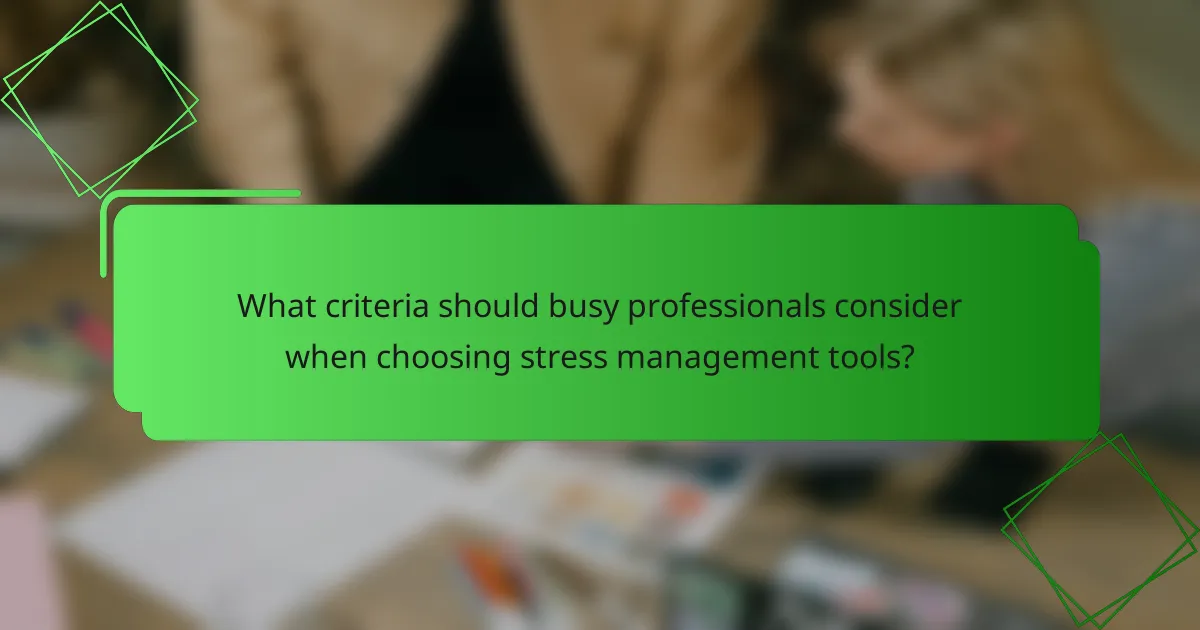
What criteria should busy professionals consider when choosing stress management tools?
Busy professionals should prioritize user-friendliness, accessibility, and integration with their existing workflows when selecting stress management tools. These factors ensure that the tools can be easily adopted and effectively utilized without adding to their workload.
User-friendliness and accessibility
User-friendliness is crucial for busy professionals who may not have time to learn complex systems. Look for tools that have intuitive interfaces and offer quick onboarding processes. Accessibility is also important; tools should be available on multiple devices, such as smartphones, tablets, and desktops, to allow for use anytime, anywhere.
Consider tools that provide features like guided meditations or stress relief exercises that can be completed in just a few minutes. This makes it easier to incorporate stress management into a hectic schedule. A good rule of thumb is to choose tools that require minimal setup and can be used with little to no prior experience.
Integration with existing workflows
Choosing stress management tools that integrate seamlessly with existing workflows can enhance their effectiveness. Look for tools that can connect with commonly used applications, such as calendar apps or project management software, to facilitate reminders and scheduling of stress relief activities.
For example, a tool that syncs with your calendar can prompt you to take breaks or engage in mindfulness exercises at optimal times throughout your day. This integration helps ensure that stress management becomes a natural part of your routine rather than an additional task to remember.

What are unique stress management techniques for professionals in urban areas?
Unique stress management techniques for busy professionals in urban areas often involve integrating nature and community into daily routines. These methods can enhance mental well-being and provide effective relief from the pressures of city life.
Nature therapy in city parks
Nature therapy, or ecotherapy, leverages the calming effects of green spaces in urban parks to reduce stress. Spending time outdoors, even for short periods, can lower cortisol levels and improve mood. Professionals can benefit from regular visits to local parks, where they can engage in activities like walking, meditating, or simply enjoying the scenery.
To maximize the benefits of nature therapy, aim for at least 20-30 minutes in a park a few times a week. Consider joining guided nature walks or mindfulness sessions offered in many urban parks, which can enhance the experience and provide social interaction.
Group fitness classes in local gyms
Group fitness classes in local gyms provide a structured way to relieve stress while fostering a sense of community. Activities such as yoga, Zumba, or spin classes not only promote physical health but also encourage social connections, which can be vital for emotional support.
When selecting a class, consider your fitness level and interests. Many gyms offer trial classes, allowing you to explore different options without a long-term commitment. Aim to participate in group classes at least once or twice a week to establish a routine that helps manage stress effectively.
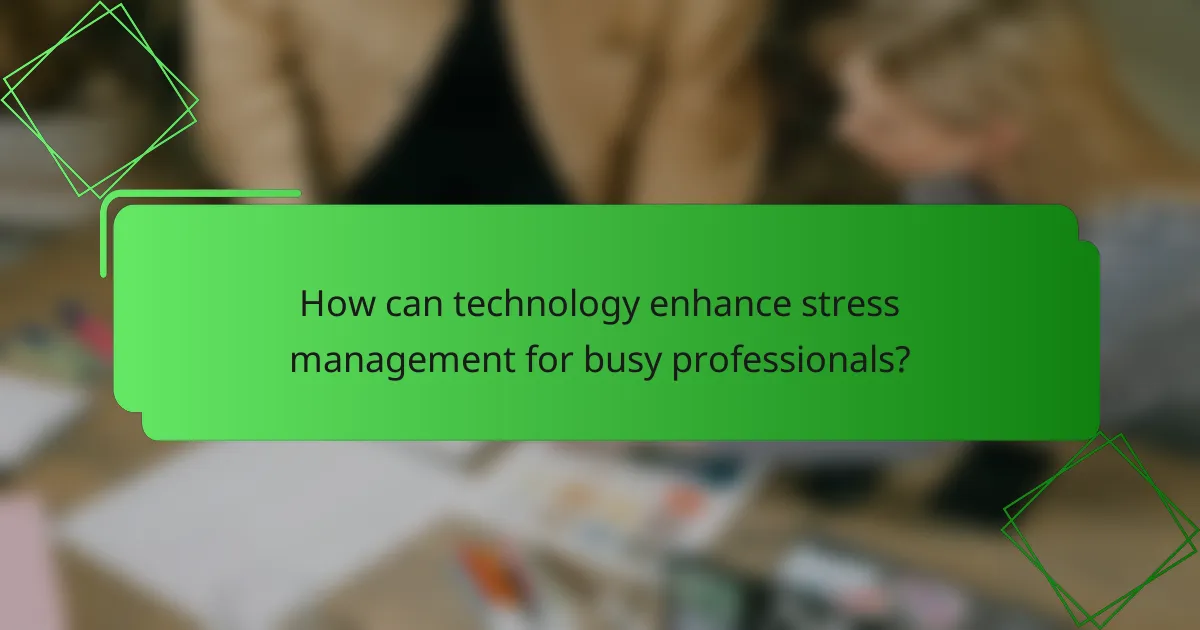
How can technology enhance stress management for busy professionals?
Technology can significantly improve stress management for busy professionals by providing tools that monitor stress levels, offer relaxation techniques, and facilitate mindfulness practices. These tools can help individuals identify stress triggers and implement effective coping strategies in real-time.
Wearable stress trackers like Fitbit
Wearable stress trackers, such as Fitbit devices, monitor physiological indicators like heart rate variability and sleep patterns to assess stress levels. By providing real-time feedback, these devices help users understand their stress responses and encourage healthier lifestyle choices.
When using a wearable stress tracker, consider setting personalized goals based on your stress data. For example, aim for a specific number of steps or minutes of physical activity each day to help mitigate stress. Regularly reviewing your data can also help identify patterns and triggers, allowing for proactive stress management.
Virtual reality relaxation experiences
Virtual reality (VR) relaxation experiences immerse users in calming environments, such as serene beaches or tranquil forests, promoting relaxation and mindfulness. These experiences can be particularly effective for busy professionals seeking a quick escape from daily stressors.
To incorporate VR relaxation into your routine, look for apps or platforms that offer guided meditations or immersive nature experiences. Aim for short sessions, typically around 10 to 20 minutes, to fit into a busy schedule. Be mindful of potential motion sickness and choose experiences that feel comfortable for you.
